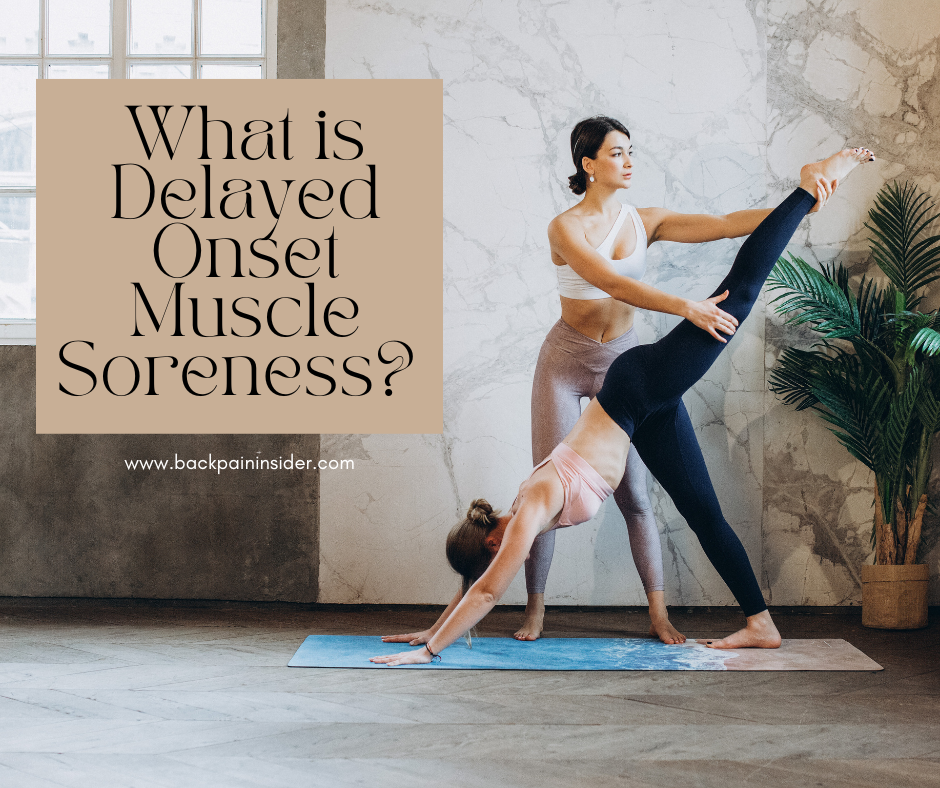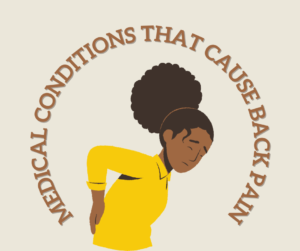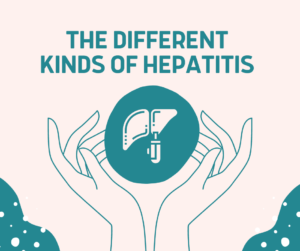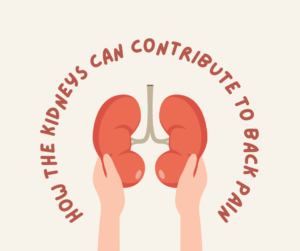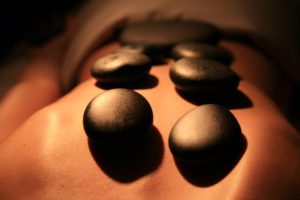What is Delayed Onset Muscle Soreness?
Delayed onset muscle soreness (DOMS) is experienced soreness in your muscles a few days after a workout. It is completely different from the muscle soreness you get during workouts, which is called acute muscle soreness. While the latter usually disappears after you stop working out and is due to a rapid buildup of metabolites when exercising, DOMS can plague you for several days while your muscles work to heal themselves, making it hard to move.
What Does Delayed Onset Muscle Soreness Feel Like?
You can tell that you’re experiencing DOMS if your muscles are tender. They will feel noticeably sore whenever you press onto them. You will also find it hard to move or extend your muscles properly—indeed, you might find yourself having a hard time sitting on the toilet if you were doing a ton of squats the previous day!
Additionally, because your muscles are not at 100%, you will either lose some of your strength, or experience pain when you’re exerting effort. You also easily fatigue your muscles.
What Causes Delayed Onset Muscle Soreness?
Contrary to popular belief, DOMS can happen to anybody, whether you’re a newbie to exercise or a seasoned veteran. The intensity of the workout doesn’t matter much either. Really, as long as you’re making your muscles do something it’s not used to doing, you can get delayed onset muscle soreness.
Exercise, particularly high-intensity exercise, causes tiny, microscopic rips in your muscles. Your body responds to this by inflaming them, and you’ll see the aftereffects of this typically within a few days—hence the name, ‘delayed’.
One particular kind of exercise—eccentric exercise—makes you very prone to DOMS. This is when you tense your muscles up at the same time you lengthen them, or when you’re moving your muscles back to relax position without actually relaxing. Examples include lowering yourself down after a sit-up, lowering into a push-up, and putting your arms down after a bicep curl.
How Do You Treat Delayed Onset Muscle Soreness?
Delayed onset muscle soreness is usually not a cause for alarm and will dissipate on its own after a few days. However, there are some things you can do to hasten the recovery process.
First, you got to go easy on yourself. If you did a crazy workout and are feeling aftereffects that are just as crazy, you need to allow your body time to heal. Just like you can’t bounce immediately back after a high fever, your body can’t go back to crazy workouts while it’s still healing.
Second, you don’t have to stop moving altogether. While you might be tempted to lay on the couch for a few days to give yourself a break, not exercising the sore muscles might exacerbate the pain. So, instead of working them out like you usually do, do something more chill. Try practicing yoga, going for a walk, or just plain stretching to get those muscles moving.
Lastly, get a massage or learn more about massage therapy! This will help stimulate blood flow in the affected areas and speed up reparations. According to several studies, getting a massage 48 hours after a high-impact workout caused less soreness in the body. You can also massage yourself by kneading your hands over your muscles with oil or lotion or using a foam roller.
How Can I Prevent Delayed Onset Muscle Soreness?
First, doing your pre- and post-workout stretches is so important. Pre-workout stretches get your muscles primed for the impending workout while post-workout stretches get you down from that high gently. While doing these won’t prevent DOMS completely, they do reduce the risk of it and also make your muscles more flexible.
Second, don’t just jump in, especially if you’re inexperienced! While you may be tempted to do everything for your first workout, you have to keep in mind that you’re not used to that type of stuff yet. You need to gradually ease into everything—as the saying goes, practice makes perfect.
Lastly, stay hydrated before, during, and after your workout!
Is Delayed Onset Muscle Soreness Good or Bad?
It is neither. It is just something that happens sometimes when you’re working out.
Some people think that DOMS is a sign of a good, effective workout. They say you need to experience that pain if you want any substantial gains. However, that’s not necessarily true. Over time, your body will adapt to the movement until you don’t feel DOMS anymore. But that doesn’t mean your workout wasn’t good!
At the same time, getting DOMS isn’t a sign that your body is weak. Like we said earlier, almost anybody can get it, even professional athletes! So don’t feel demotivated by it and just keep exercising, albeit a bit gentler.
Conclusion
There is absolutely nothing to worry about when it comes to delayed onset muscle soreness (DOMS). It is just your body’s response to unfamiliar exercises. The more you do these exercises, the more your body will adapt. And, the less you will be experiencing muscle soreness.
Again, though, you need to remember to listen to your body when it’s hurting and act accordingly. Stretch the muscles out and give them a nice massage. Feed your body lots of healthy foods and water to keep it nourished.
